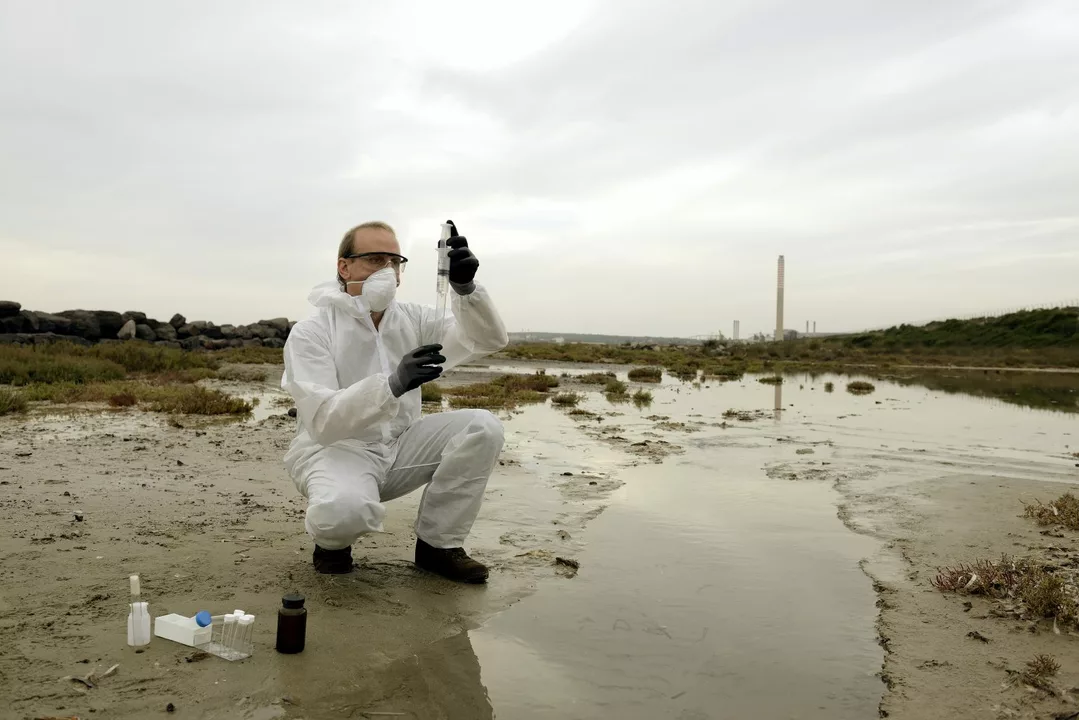Pharmaceutical pollution: how medicines end up in water and soil
Trace amounts of medicines show up in rivers, lakes, and even drinking water. That sounds scary, but it's useful to know how it happens so you can act. Pharmaceutical pollution means active drug compounds — antibiotics, painkillers, hormones and more — getting into the environment where they can affect wildlife and human health.
Sources and risks
There are a few common ways drugs leave our control. People flush expired pills or pour liquids down the drain. Patients excrete traces of drugs after taking them; wastewater plants weren’t built to remove every chemical. Hospitals and pharmaceutical factories can release concentrated residues if waste isn’t treated properly. Farms add another layer when veterinary drugs and animal waste enter runoff.
The risks vary. Low concentrations can disrupt fish and amphibian hormones, change behavior in aquatic wildlife, or promote antibiotic-resistant bacteria. For most people, short-term health effects from tap water trace amounts are unlikely, but the long-term ecological and public-health impacts matter. Antibiotic resistance, for example, is a clear and growing concern linked in part to environmental exposure.
How you can help right now
Small steps add up. Don’t flush unused meds or pour them down drains. Use pharmacy or community take-back programs — many pharmacies and local governments run safe disposal events or provide secure drop boxes. If you must toss meds in the trash, mix them with coffee grounds or cat litter in a sealed bag so they’re less accessible, then remove personal labels from containers.
Follow prescriptions carefully: only order or refill what you need. If you have leftovers, ask your healthcare provider or pharmacist how to return or dispose of them safely. When possible, support or choose pharmacies and clinics that promote green disposal, reduced packaging, and clear take-back info.
On the larger scale, wastewater upgrades like activated carbon and ozonation help remove drugs before water is released. Hospitals and manufacturers can tighten waste controls and treat effluent. Policy matters too — sensible regulation, monitoring, and funding for cleaner treatment make a big difference.
Pharmaceutical pollution is fixable if communities, healthcare providers, manufacturers, and individuals act together. Start with how you handle medicine at home and ask your pharmacy about take-back options. Small habits today protect water and wildlife tomorrow.

Betamethasone and its potential impact on the environment
I recently came across some interesting information about Betamethasone and its potential impact on the environment. Betamethasone is a synthetic corticosteroid that has anti-inflammatory properties and is often used to treat various skin conditions. While it is effective in treating these conditions, there are concerns about its environmental impact. Studies have shown that pharmaceuticals like Betamethasone can have negative effects on aquatic life. It's essential for us to be aware of such potential impacts and look for ways to minimize any harm to our environment.
© 2025. All rights reserved.
